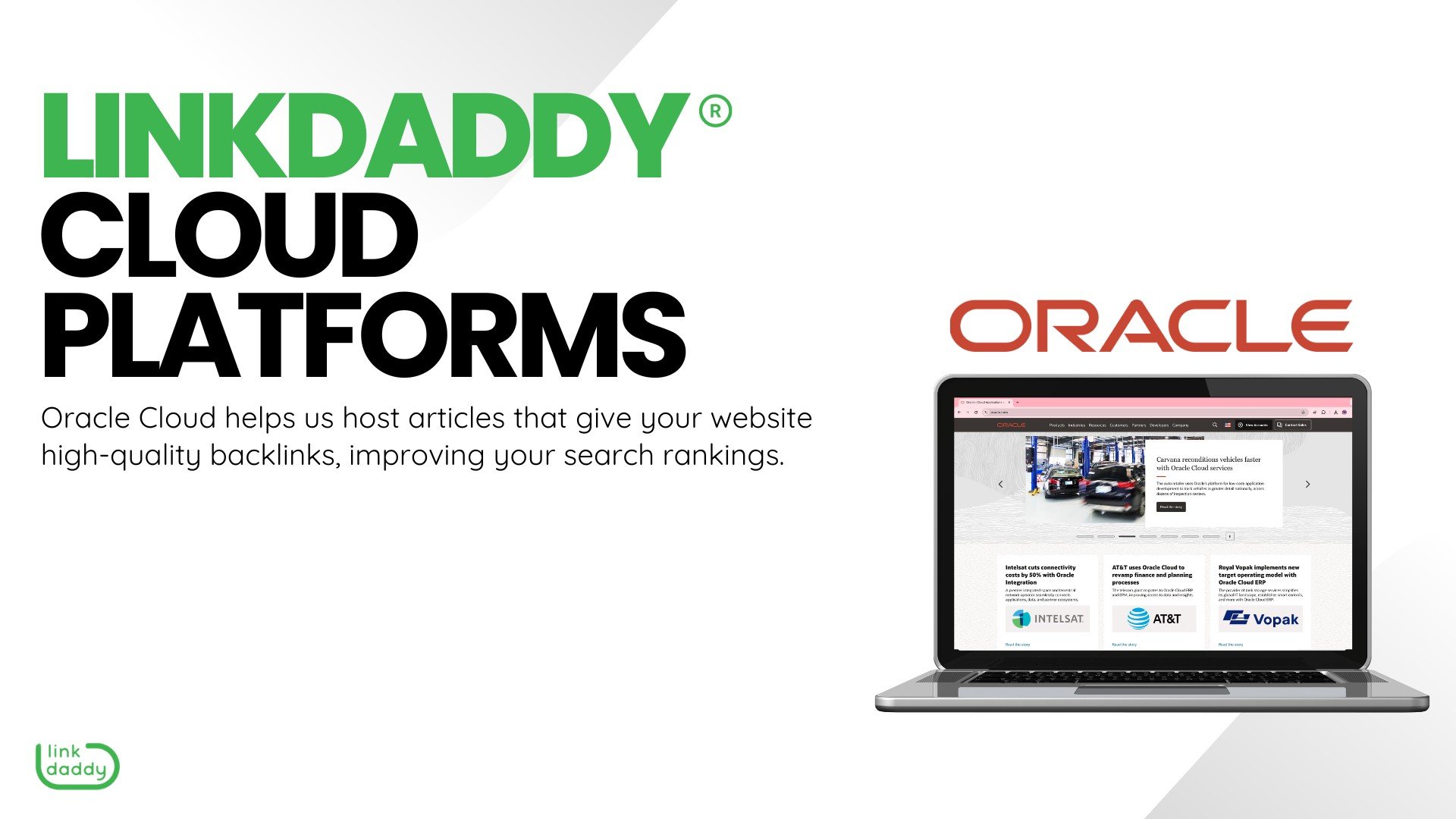A Practical Approach to Applying Cloud Solutions for Optimum ROI

Assessing Current Infrastructure
When assessing the feasibility of applying cloud services for optimum return on investment, the preliminary step involves evaluating the existing facilities in position. Cloud Services. Understanding the existing hardware, software program, network capacities, and storage systems is vital to identify the compatibility and assimilation requirements for migrating to the cloud
Assessment of the present facilities includes carrying out an extensive audit to recognize toughness, weaknesses, and potential areas for renovation. It is necessary to examine variables such as server capability, information security actions, redundancy protocols, and scalability options. By gaining a clear understanding of the present state of the infrastructure, companies can successfully strategize the shift and intend to cloud solutions.
Additionally, analyzing the present framework allows services to straighten their cloud fostering strategy with their details demands and purposes. This evaluation gives useful insights into maximizing resource utilization, boosting performance, and making sure smooth assimilation with cloud options. Ultimately, a detailed evaluation of the existing facilities lays the foundation for a successful cloud application that maximizes return on financial investment.

Identifying Organization Demands
In order to maximize resource usage and straighten cloud fostering with certain business purposes, the next vital step after assessing the current facilities is recognizing the distinct demands of the organization. Recognizing business requirements is necessary to tailor the cloud services effectively. This procedure involves involving with essential stakeholders throughout departments to gather understandings into the organization's challenges, objectives, and opportunities. By performing comprehensive interviews, studies, and analysis of existing workflows, it is possible to pinpoint locations where cloud services can supply the most substantial influence.
Identifying service demands additionally includes assessing elements such as scalability needs, data safety and security worries, conformity policies, and budget plan constraints. Each of these elements plays a critical duty in identifying one of the most ideal cloud options for the company. By aligning the capabilities of cloud services with the specific needs of business, companies can make certain that their financial investment in cloud technology supplies maximum roi. In addition, by dealing with these demands upfront, companies can avoid pricey mistakes and make sure a smooth shift to the cloud environment.
Selecting the Right Cloud Service Provider
Choosing the ideal cloud service supplier is a crucial choice that can dramatically influence the success of a company's cloud fostering approach. When choosing a cloud provider, a number of aspects need to be taken into consideration to make certain that the picked copyright lines up with the company's requirements and goals. It is important to assess the copyright's credibility, reliability, safety and security measures, compliance qualifications, and scalability alternatives.
Track record plays a crucial function as it mirrors the service provider's track record in supplying high quality solutions and conference consumer assumptions (cloud services press release). Dependability is another vital consideration, as downtime or service disturbances can have detrimental results on company procedures. Safety and security is extremely important when delegating information to a third celebration, so it is essential to assess the copyright's protection methods and information protection steps
Moreover, compliance certifications make sure that the company complies with sector criteria and guidelines, which is especially vital for firms operating in regulated fields. Lastly, scalability options are essential to suit future growth and transforming service requirements effectively. By very carefully reviewing these click over here elements, companies can pick a cloud service provider that finest matches their requirements and makes the most of the roi.
Preparation Migration and Application
To guarantee a seamless transition to cloud services, precise planning and tactical execution of migration and implementation procedures are important. The initial step in this procedure includes conducting an extensive evaluation of the existing infrastructure and applications to figure out the compatibility with cloud solutions.
Once the migration strategy remains in location, the application stage must concentrate on focusing on work based on urgency and complexity. This phased technique enables for testing and recognition at each stage, decreasing disturbances and guaranteeing a smooth change. It is essential to establish clear communication channels and offer sufficient training to employees to facilitate adoption and resolve any type of concerns.
Continuous surveillance and optimization post-implementation are vital to guarantee that the cloud solutions are supplying the anticipated ROI. Regular performance evaluations and responses systems can assist in identifying locations for improvement and optimizing the benefits of cloud services.
Tracking Efficiency and Optimization
Effective tracking and optimization of cloud services efficiency play an essential role in making the most of ROI and ensuring operational effectiveness. By continually keeping track of the efficiency of cloud services, companies can determine potential problems promptly, enhance source allowance, and enhance total system performance. Real-time tracking tools permit the monitoring of vital efficiency indications, such as response times, source use, and accessibility, enabling proactive issue resolution and notified decision-making.

Additionally, using predictive analytics and artificial intelligence formulas can aid companies forecast future performance trends, expect potential bottlenecks, and proactively enhance cloud sources. Continual efficiency monitoring and optimization not only enhance the individual experience however also add to set you back savings and boosted ROI in the lengthy run.
Verdict
To click reference conclude, the effective execution of cloud services calls for a comprehensive analysis of present facilities, identification of business requirements, option of the ideal cloud solution supplier, thorough preparation for movement and execution, and continual surveillance for efficiency optimization. By complying with these actions faithfully, companies can maximize their return on financial investment in cloud solutions and accomplish better efficiency and agility in their procedures.
In today's hectic company atmosphere, the application of cloud solutions has come to be a critical aspect in improving operational efficiency and driving significant return on investment (ROI) By carefully evaluating existing infrastructure, identifying particular service needs, choosing the right cloud service provider, and thoroughly intending the movement and execution procedure, organizations can position themselves for success in the cloud. Understanding the company requirements is necessary to customize the view cloud solutions properly. By straightening the capacities of cloud services with the certain needs of the organization, firms can ensure that their investment in cloud technology supplies maximum return on financial investment.Picking the optimal cloud service company is a pivotal choice that can considerably affect the success of a company's cloud adoption strategy.
Comments on “Optimizing Cloud Services Effect: LinkDaddy Professional Insights”